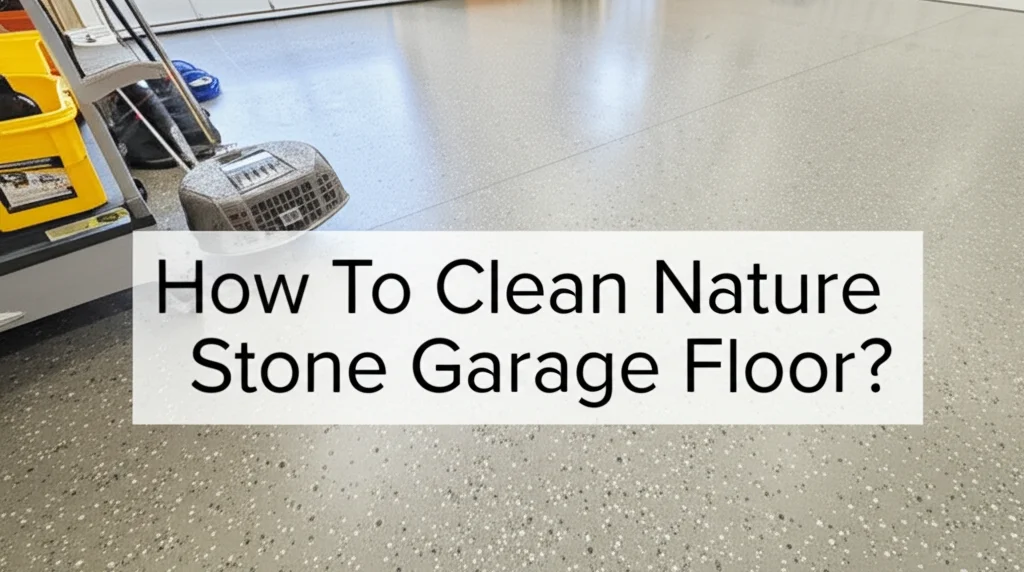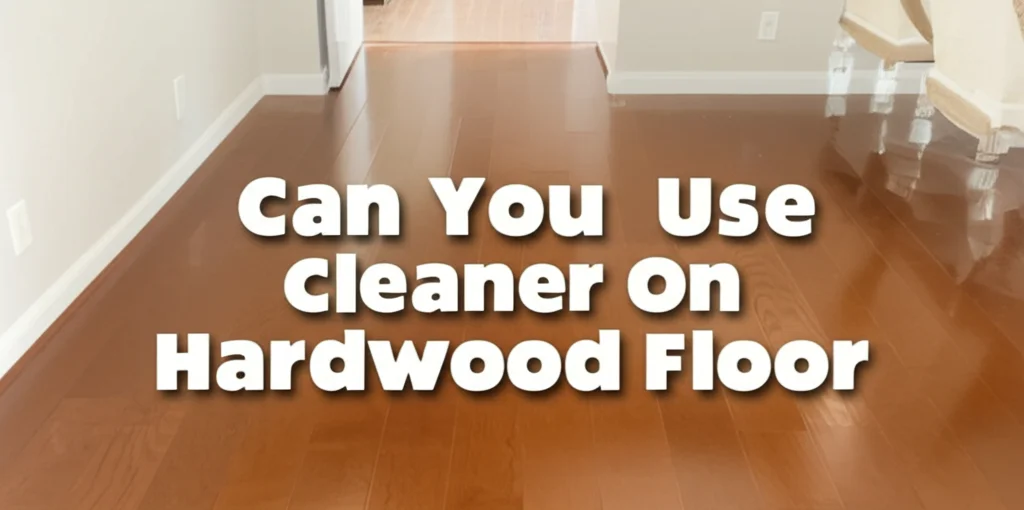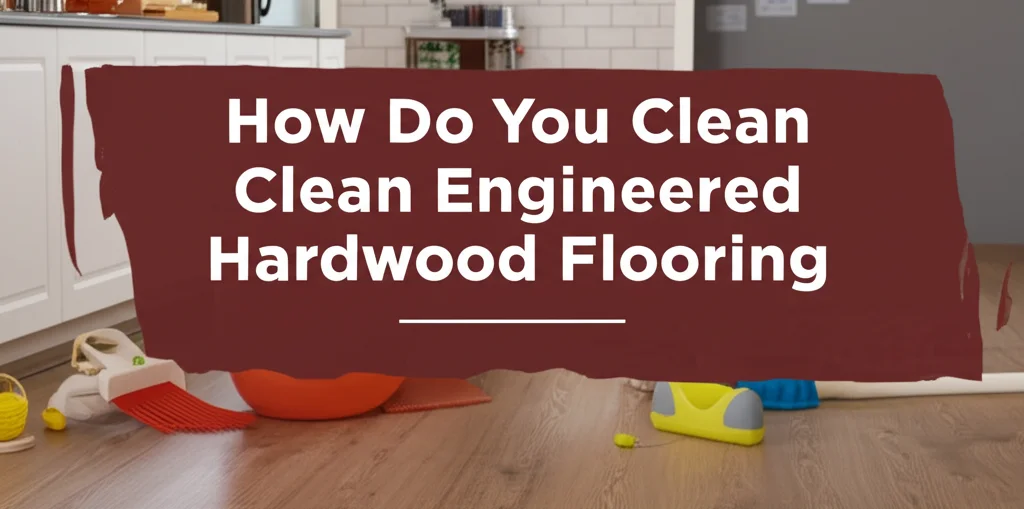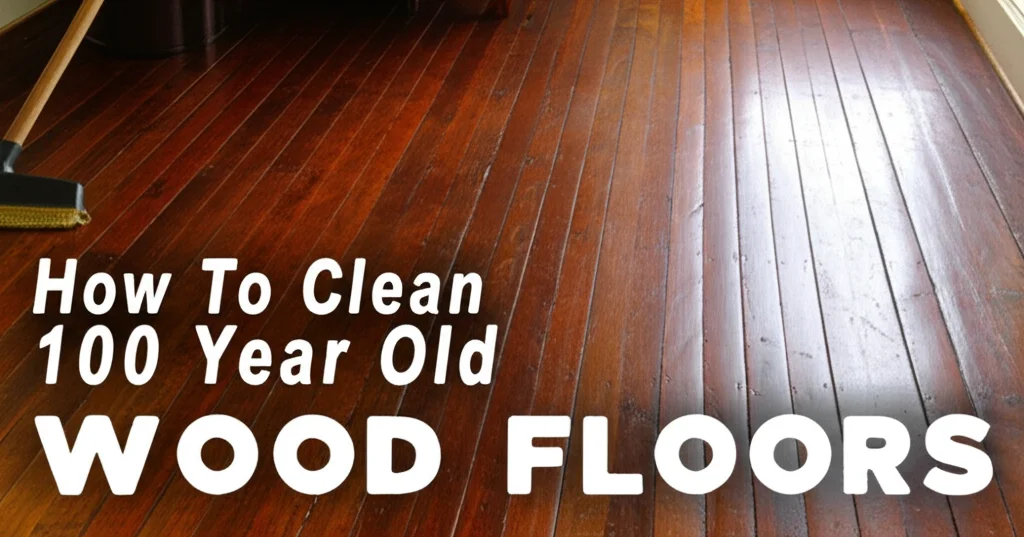· Flooring · 7 min read
How To Clean Nature Stone Garage Floor?

Keeping Your Garage Floor Beautiful: How To Clean Nature Stone?
Is your garage floor looking a little worse for wear? A nature stone garage floor adds a touch of elegance and durability, but it requires specific cleaning to maintain its beauty. Dirt, oil, and grime can quickly accumulate, making it look dull and uninviting. This article will guide you through everything you need to know about cleaning your nature stone garage floor, from routine maintenance to tackling stubborn stains. We’ll cover the best cleaning solutions, tools, and techniques to keep your floor looking its best for years to come.
Takeaway:
- Regular sweeping and dry mopping prevent buildup.
- Use pH-neutral cleaners specifically designed for natural stone.
- Address spills immediately to avoid staining.
- Avoid harsh chemicals that can damage the stone.
- Consider sealing your floor for added protection.
Quick Answer:
To clean a nature stone garage floor, sweep or vacuum regularly, then mop with a pH-neutral stone cleaner diluted in warm water. Avoid acidic or abrasive cleaners, and always test in an inconspicuous area first. Rinse thoroughly and allow to dry completely.
Understanding Your Nature Stone Garage Floor
Before diving into cleaning, it’s important to understand the type of nature stone you have. Different stones require slightly different care. Common garage floor stones include slate, sandstone, limestone, and granite. Knowing your stone type will help you choose the right cleaning products and methods. For example, limestone is more porous and susceptible to staining than granite.
Identifying Your Stone
If you’re unsure what type of stone you have, consider these tips:
- Appearance: Observe the color, texture, and pattern of the stone.
- Hardness: Granite is very hard, while sandstone is softer and more easily scratched.
- Porousity: Limestone and sandstone are more porous than granite or slate.
- Professional Help: If you’re still unsure, consult a flooring professional for identification.
Understanding your stone’s characteristics is the first step to effective cleaning and long-term maintenance. This knowledge will prevent accidental damage and ensure your floor remains beautiful.
Daily & Weekly Maintenance for a Pristine Floor
Consistent maintenance is key to preventing major cleaning headaches. A little effort each week can save you hours of scrubbing later. Regular cleaning prevents dirt and grime from becoming deeply embedded in the stone. This also helps to protect the sealant, if your floor is sealed.
Sweeping & Vacuuming
Sweep or vacuum your garage floor at least once a week, or more often if you use your garage frequently. This removes loose dirt, dust, and debris that can scratch the stone surface. Use a soft-bristled broom or a vacuum with a brush attachment to avoid damaging the stone.
Dry Mopping
After sweeping or vacuuming, follow up with a dry mop. Microfiber mops are excellent for picking up fine dust and particles. Dry mopping helps to remove any remaining debris that the broom or vacuum may have missed. This simple step significantly contributes to maintaining a clean and polished look.
Choosing the Right Cleaning Solutions
Selecting the appropriate cleaning solution is crucial for protecting your nature stone garage floor. Harsh chemicals can etch, discolor, or damage the stone. Always opt for pH-neutral cleaners specifically formulated for natural stone. Avoid products containing acids, alkalis, or abrasive ingredients.
pH-Neutral Stone Cleaners
These cleaners are designed to effectively remove dirt and grime without harming the stone. You can find them at most hardware stores or online retailers. Always follow the manufacturer’s instructions for dilution and application.
DIY Cleaning Solution (Use with Caution!)
A mild solution of warm water and a few drops of dish soap can be used for light cleaning. However, be sure to rinse thoroughly to remove any soap residue. Avoid using vinegar, lemon juice, or other acidic cleaners, as they can damage the stone. If you’re unsure, test the solution in an inconspicuous area first. You can find more information on safe cleaning solutions at https://www.beacleaner.com/what-is-the-best-cleaning-solution-for-ceramic-tile-floors/.
Deep Cleaning Your Nature Stone Garage Floor
Even with regular maintenance, your nature stone garage floor will eventually need a deep cleaning. This involves more thorough scrubbing and rinsing to remove stubborn dirt and stains. Deep cleaning should be done every few months, or as needed.
Wet Mopping Technique
- Prepare the Area: Remove all vehicles, tools, and other items from the garage.
- Sweep & Vacuum: Thoroughly sweep and vacuum the floor to remove loose debris.
- Mix Cleaning Solution: Dilute a pH-neutral stone cleaner in warm water according to the manufacturer’s instructions.
- Mop the Floor: Use a clean mop to apply the cleaning solution to the floor, working in sections.
- Scrub Stubborn Areas: For stubborn stains, use a soft-bristled brush to gently scrub the area.
- Rinse Thoroughly: Rinse the floor with clean water to remove all traces of the cleaning solution.
- Dry the Floor: Allow the floor to air dry completely, or use a clean towel to speed up the process.
Steam Cleaning (Use with Caution!)
Steam cleaning can be an effective way to deep clean your nature stone garage floor, but it’s important to use caution. High temperatures can damage some types of stone. Always test the steam cleaner in an inconspicuous area first. If your stone is sealed, steam cleaning is generally safe, but avoid prolonged exposure to heat. You can learn more about steam cleaning floors at https://www.beacleaner.com/can-you-use-a-steam-mop-on-linoleum/.
Tackling Specific Stains on Nature Stone
Different types of stains require different cleaning approaches. Addressing spills immediately is the best way to prevent permanent staining. Here’s how to tackle some common garage floor stains:
Oil & Grease Stains
- Absorb the Excess: Immediately blot up as much oil or grease as possible with paper towels or absorbent cloths.
- Apply Absorbent Material: Cover the stain with an absorbent material like baking soda, cornstarch, or kitty litter.
- Let it Sit: Allow the absorbent material to sit for several hours, or overnight.
- Sweep & Clean: Sweep up the absorbent material and clean the area with a pH-neutral stone cleaner.
Rust Stains
Rust stains can be particularly challenging to remove. Avoid using harsh chemicals, as they can damage the stone. A specialized rust remover for natural stone is the best option. Always follow the manufacturer’s instructions carefully.
Tire Marks
Tire marks can often be removed with a pH-neutral stone cleaner and a soft-bristled brush. For stubborn tire marks, try using a rubber eraser or a specialized tire mark remover.
Protecting Your Investment: Sealing Your Stone Floor
Sealing your nature stone garage floor provides an extra layer of protection against stains, moisture, and wear. Sealants help to prevent dirt and grime from penetrating the stone, making it easier to clean.
Types of Sealants
- Penetrating Sealants: These sealants penetrate the stone and create a barrier from within.
- Topical Sealants: These sealants form a protective coating on the surface of the stone.
Application & Maintenance
Follow the manufacturer’s instructions for applying the sealant. Reapply the sealant every few years, or as needed, to maintain its effectiveness. Regular sealing will significantly extend the life of your nature stone garage floor.
Frequently Asked Questions
Q: Can I use bleach to clean my nature stone garage floor?
A: No, bleach is a harsh chemical that can damage and discolor natural stone. Always use pH-neutral cleaners specifically designed for stone.
Q: How often should I seal my nature stone garage floor?
A: The frequency of sealing depends on the type of sealant used and the amount of traffic your garage receives. Generally, resealing every 2-5 years is recommended.
Q: What’s the best way to remove oil stains from my garage floor?
A: Immediately absorb as much oil as possible, then apply an absorbent material like baking soda or kitty litter. Let it sit overnight, then sweep and clean with a pH-neutral stone cleaner.
Q: Can I use a power washer to clean my nature stone garage floor?
A: While a power washer can be effective, use it with extreme caution. High pressure can damage some types of stone. Use a wide nozzle and low pressure setting.
Conclusion
Cleaning your nature stone garage floor doesn’t have to be a daunting task. By following these tips and using the right cleaning solutions, you can keep your floor looking beautiful for years to come. Remember that regular maintenance is key, and addressing spills immediately will prevent permanent staining. Investing a little time and effort in cleaning and protecting your nature stone garage floor will pay off in the long run. Don’t hesitate to consult a professional if you have any concerns or encounter stubborn stains. Keep your garage floor looking its best with these simple, effective cleaning techniques!
- nature stone floor cleaning
- garage floor cleaning
- stone floor maintenance




